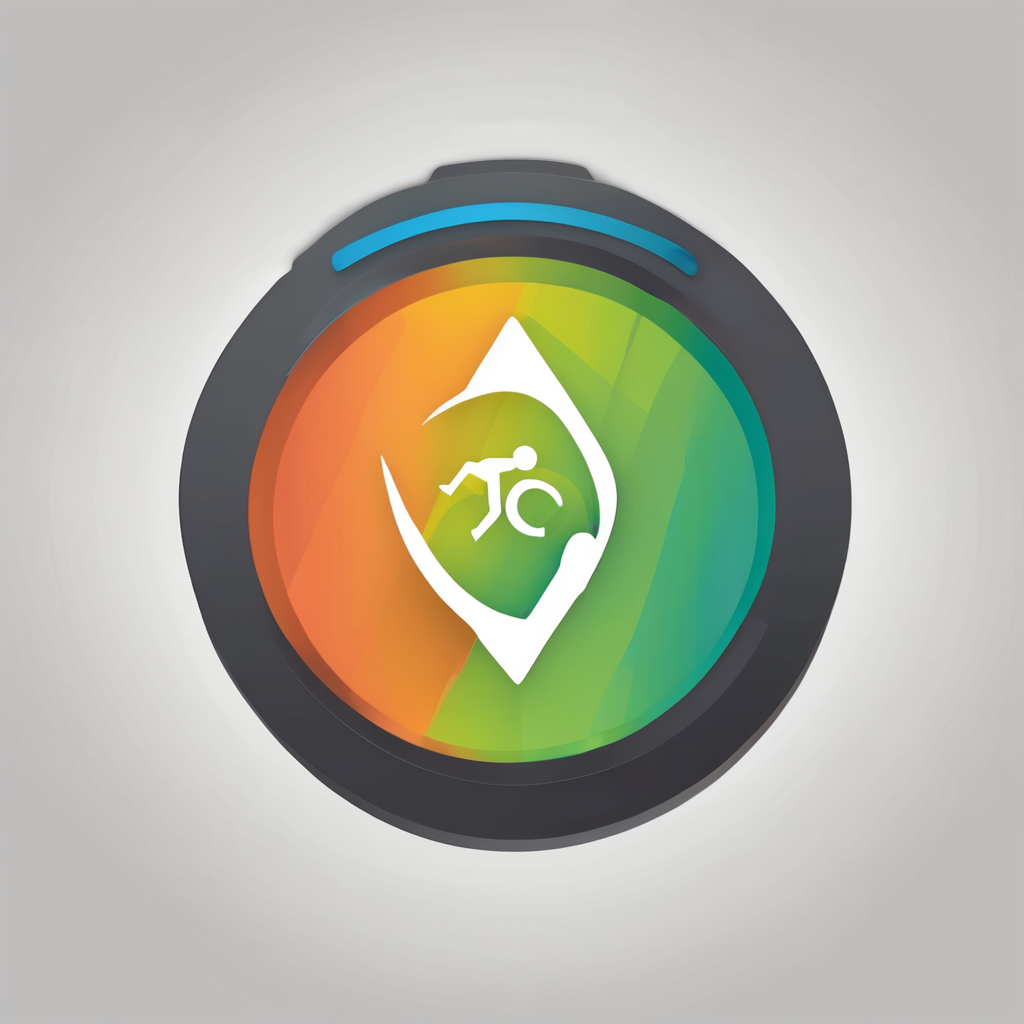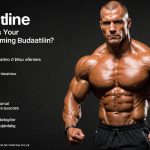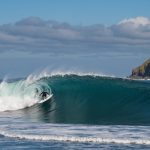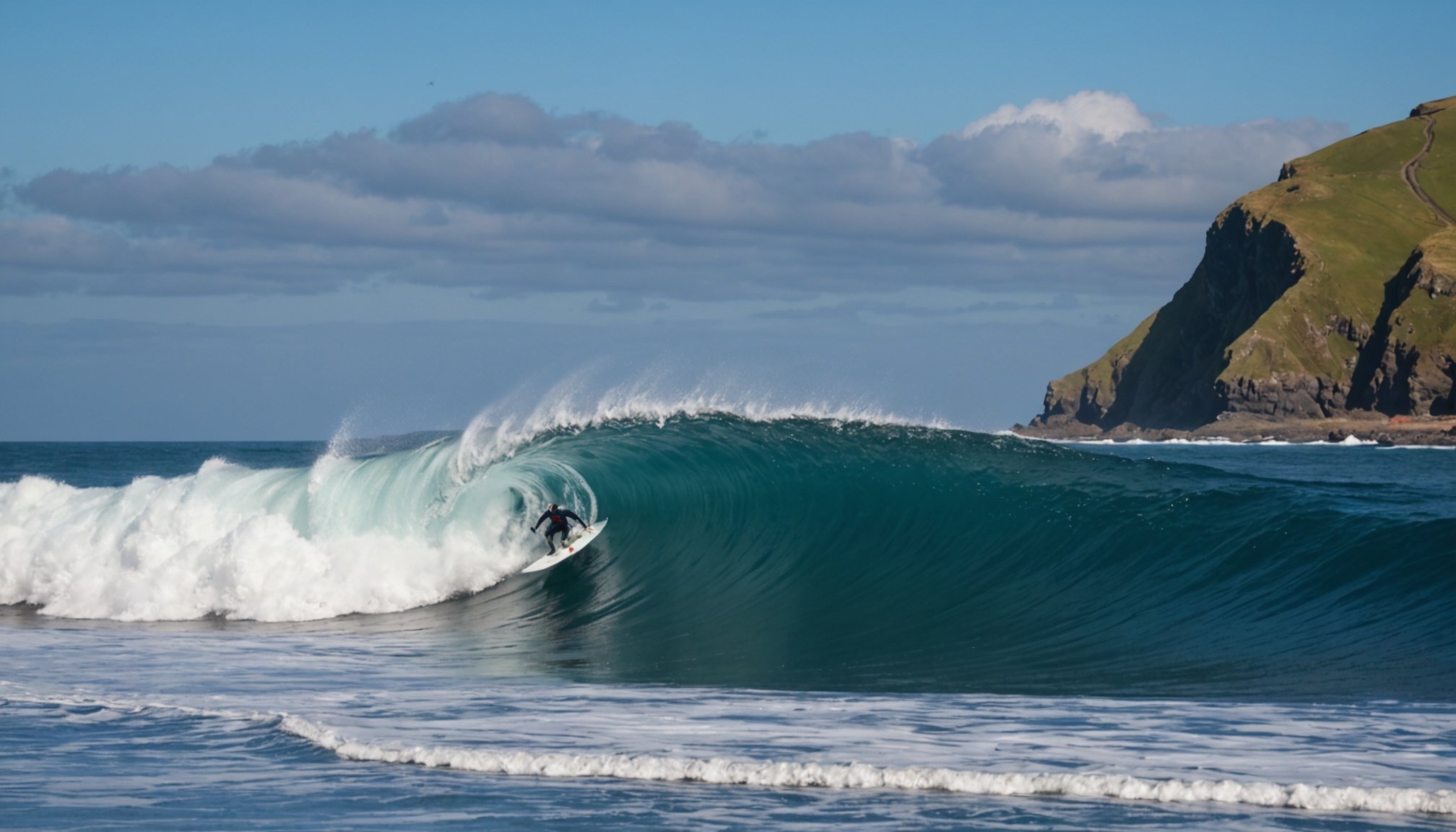Unlocking Wave Wisdom: How UK Surf Coaches Leverage Oceanography to Master Wave Selection Skills
Surfing is more than just riding the waves; it’s an art that requires a deep understanding of the ocean and its dynamics. In the UK, where the surf scene is thriving, coaches are using oceanography to help surfers master the crucial skill of wave selection. Here’s a detailed look at how this works and what you can learn from these experts.
Understanding Oceanography and Wave Formation
To select the right waves, you need to understand how they are formed and what factors influence their shape, size, and speed. Oceanography plays a vital role here, as it helps surfers comprehend the interactions between wind, water, and the seabed.
Topic to read : Boosting Athlete Loyalty: Innovative Strategies for UK Sports Clubs to Enhance Retention
Wind and Wave Generation
Wind is the primary force behind wave formation. When wind blows over the surface of the water, it transfers its energy to the water, creating ripples that gradually build into waves. The strength and duration of the wind, along with the distance over which it blows (known as the fetch), determine the size and speed of the waves.
"Wind is the engine that drives wave formation. Understanding how wind patterns change and affect the waves is crucial for any surfer," says Brad Gerlach, creator of Wave Ki, a powerful surf training program[3].
Water Depth and Bottom Topography
The depth of the water and the shape of the seabed also significantly impact wave formation. As waves approach the shore, they interact with the bottom topography, which can cause them to break or continue rolling. Surfers need to read these signs to predict where and when waves will break.
Have you seen this : Building Resilience: Strategies for UK Sports Teams to Foster a Culture of Perseverance
Reading the Waves
Reading waves is an art that requires a combination of knowledge, experience, and observation skills. Here are some key factors to consider:
Wave Size and Speed
Larger waves generally travel faster and have more energy. However, bigger isn’t always better; the ideal wave size depends on the surfer’s skill level and the conditions of the day.
| Wave Size | Speed | Energy | Suitable For |
|
|-------|
|--------------|
| Small | Slow | Low | Beginners |
| Medium | Medium| Moderate| Intermediate |
| Large | Fast | High | Advanced |
Wave Shape and Direction
The shape of the wave can tell you a lot about its rideability. A wave that is too steep or too flat may not be ideal. The direction from which the wave comes is also crucial; waves that come from the right direction relative to the beach can offer better rides.
Breaking Waves
Breaking waves are a key indicator of where and when to surf. There are different types of breaking waves, such as:
- Spilling Waves: These break gradually and are often suitable for beginners.
- Plunging Waves: These break suddenly and are better for more experienced surfers.
- Surging Waves: These do not break but instead surge up the beach and can be challenging to ride.
Practical Tips for Wave Selection
Here are some practical tips from UK surf coaches on how to select the right waves:
Observe the Wave Patterns
Before you enter the water, spend some time observing the wave patterns. Look for waves that are consistent in size and shape.
- **Check the Wave Interval**: The time between waves can indicate the wave's energy and speed.
- **Look for Wave Sets**: A set of waves often follows a lull, and the first wave in the set is usually the biggest.
- **Read the Wave Face**: The face of the wave can tell you if it's going to break or continue rolling.
- **Check the Wind Direction**: Light wind or offshore winds can make waves cleaner and more rideable.
Use Your Time Wisely
Timing is everything in surfing. Knowing when to paddle and when to stand up can make the difference between riding a wave and missing it.
"Timing is like a dance with the wave. You need to feel the rhythm of the ocean and move in sync with it," explains a coach from Cornish Wave, a leading surf school in Cornwall[4].
Practice and Patience
Wave selection is a skill that takes time to develop. The more you surf, the better you’ll become at reading the waves.
"It's not just about catching waves; it's about understanding the ocean and its moods. With practice and patience, you'll develop a deep connection with the water," says Brad Gerlach[3].
Advanced Techniques: Leveraging Wave Ki
For those looking to take their surfing to the next level, programs like Wave Ki offer advanced techniques that focus on harnessing the power of the waves through precise movements.
Focus on Core Power
Wave Ki teaches surfers to tune into their core power, allowing them to extract every ounce of energy from the wave.
"Wave Ki is about embedding a powerful surfing pattern deep within you. It's a martial art-like approach that helps you harness the energy of the wave," explains Brad Gerlach[3].
Land-Based Training
One of the unique aspects of Wave Ki is its land-based training. This allows surfers to practice and perfect their movements in their own space, which then translates to improved performance in the water.
Real-World Applications and Success Stories
Surf coaches in the UK are seeing significant improvements in their students’ wave selection skills through these methods.
Adaptive Surfing
Programs like The Wave Project, which offers surf therapy and adaptive surfing lessons, are using oceanography to help people with disabilities and mental health challenges enjoy surfing.
"Understanding the ocean and its waves has been transformative for our participants. It's not just about surfing; it's about connecting with nature and finding healing," says a representative from The Wave Project[1].
Competitive Surfing
For competitive surfers, mastering wave selection is crucial. Coaches are using detailed analysis of wave patterns and ocean conditions to help their athletes make the most of every wave.
Mastering wave selection is a journey that requires a deep understanding of oceanography, observation skills, and practice. By leveraging these insights, UK surf coaches are helping surfers of all levels improve their skills and enjoy the ocean more fully.
Whether you’re a beginner or an advanced surfer, the key to unlocking wave wisdom lies in understanding the intricate dance between wind, water, and the seabed. With the right knowledge and practice, you can ride waves like a pro and enjoy the exhilarating experience that surfing has to offer.
So next time you’re out in the water, take a moment to read the waves, feel the rhythm of the ocean, and let the energy of the waves guide you forward. Happy surfing






